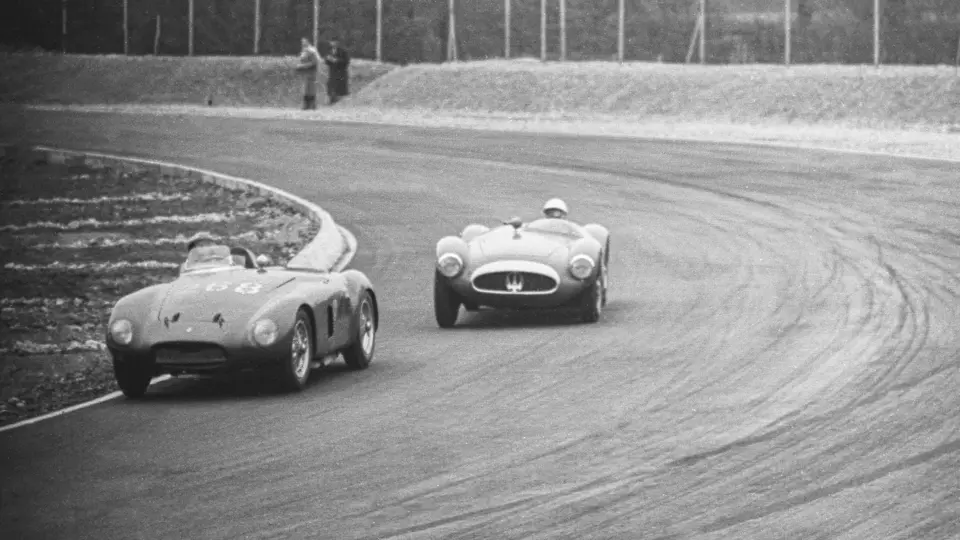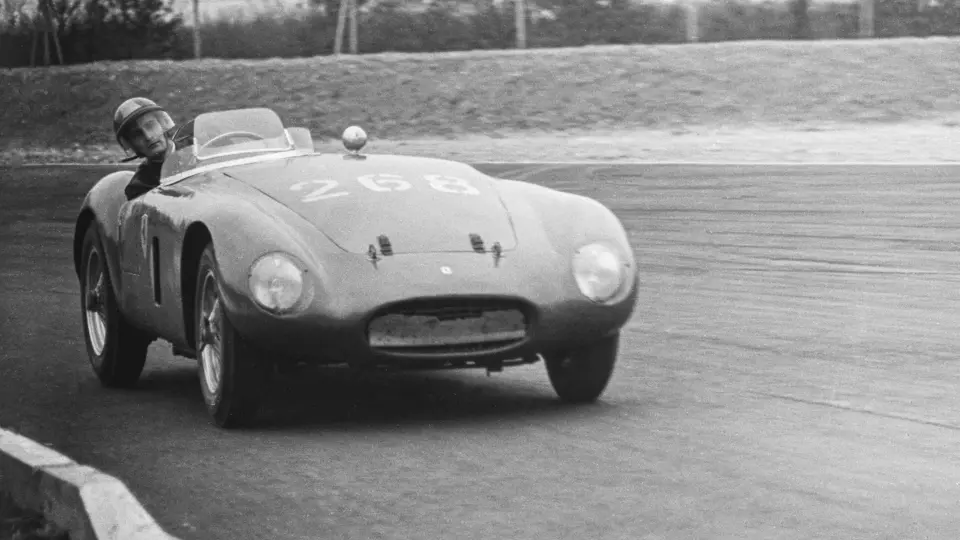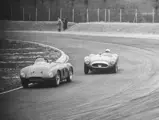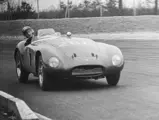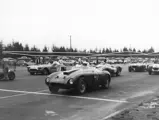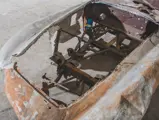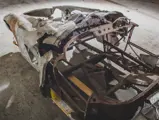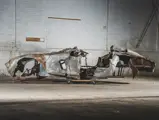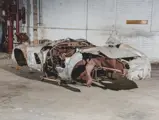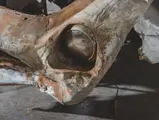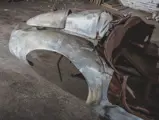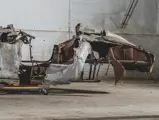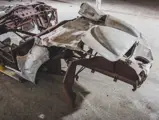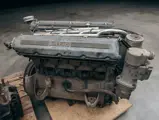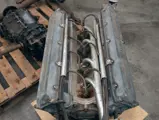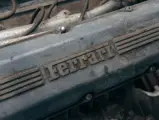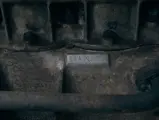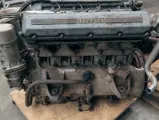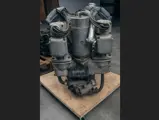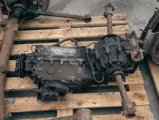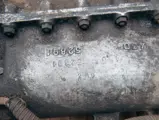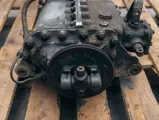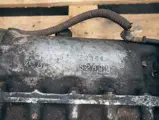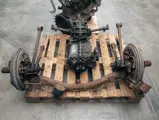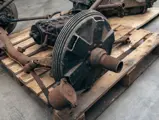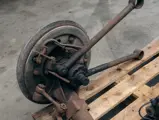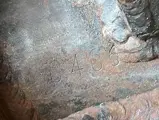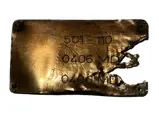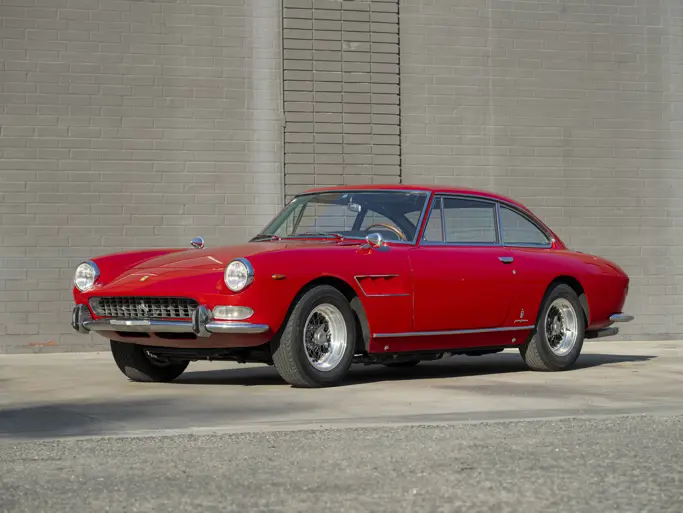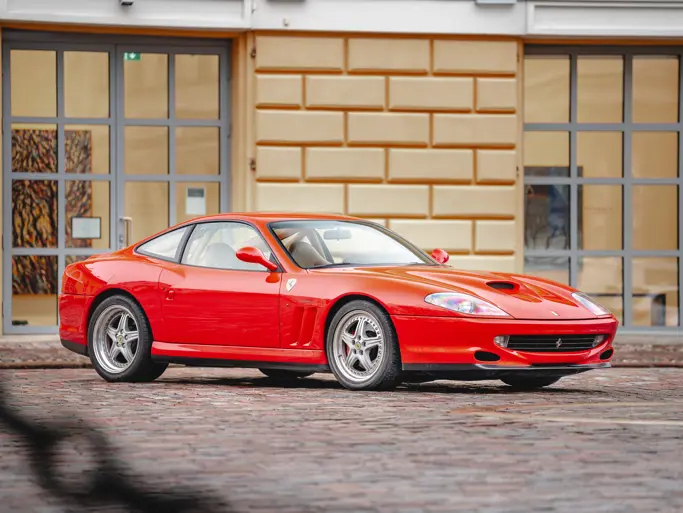
1954 Ferrari 500 Mondial Spider Series I by Pinin Farina
{{lr.item.text}}
$1,875,000 USD | Sold
Offered from the Lost & Found Collection
{{bidding.lot.reserveStatusFormatted}}
- The second Mondial built; one of 13 examples originally completed with Pinin Farina spider coachwork
- Raced in 1954 by ex-Scuderia Ferrari team driver Franco Cortese, a driver famous for piloting the first Ferrari built to the marque’s first overall victory
- Period Italian racing career including appearances at the Mille Miglia, Targa Florio, and Imola Grand Prix
- Accompanied by a larger, 3.0-liter Tipo 119 Lampredi inline-four engine while retaining matching-numbers gearbox
- Documented with copies of factory build sheets and CSAI homologation papers
- Domiciled under current ownership for nearly 50 years; prime candidate for an intriguing restoration project
LAMPREDI’S INLINE-FOUR
The rise of Ferrari’s inline-four-cylinder sports-racers during the mid-1950s is one of the marque’s least-heralded chapters, yet one of its most fascinating. During Formula Two competition in 1950, Enzo Ferrari was startled to notice that the four-cylinder cars from other marques were nipping at the heels of his V-12-powered steeds. He soon realized that the four-cylinder engines peaked at a lower rpm band than the 12-cylinder cars, enabling them to maximize their potential noticeably faster than the high-revving V-12 Ferraris.
Aware of the inherent challenge posed by winding courses that lacked long straightaways, Ferrari assigned Aurelio Lampredi to develop a four-cylinder motor, which eventually debuted during the 1951 Bari Grand Prix as a 2.5-liter unit developing 200 horsepower. Il Commendatore’s foresight proved to be quite prudent.
By the start of the 1952 season, the once-formidable Alfa Corse team had faded, withdrawing from racing prior to the start of the season, and the British-based BRM remained the only credible challenge to an expected romp by Maranello. When BRM withdrew from competition early in the season, the FIA had little choice but reevaluate its approach to the World Drivers’ Championship for the foreseeable future. Setting its sights on a new formula to commence in 1954, the FIA elevated Formula Two as the determining series for the World Drivers’ Championship for the years 1952 and 1953, making Formula Two the highest level of racing for those two years.
Enzo Ferrari was well-prepared for this eventuality, for by late 1951 Lampredi’s new naturally aspirated 2-liter inline-four-cylinder engine was being tested in monoposto form, with very promising results. Lampredi had steadily advanced the concepts of simplicity and reliability; his latest engine was a masterful study in these qualities, featuring a 65% reduction in moving parts and weighing 92.8 pounds less than the outgoing Colombo-designed Tipo 166 V-12. Featuring dry-sump lubrication, the new Tipo 500 engine was ignited by dual sparkplugs powered by twin magnetos and fed by two twin-choke Weber carburetors, combining to develop an impressive 170 horsepower—an improvement of 15 horsepower over the outgoing Tipo 166. In short, the inline-four was lighter, more reliable, and more powerful than its predecessor.
Scuderia Ferrari driver Alberto Ascari went on to blow away the competition in securing consecutive championships in 1952 and 1953, solidifying Maranello’s newfound dominance in motorsport. The success of the Lampredi inline-four spurred the factory to experiment with various chassis and displacement combinations, and in early 1954 Maranello offered customers a 2-liter version, with each cylinder displacing almost 500 cubic centimeters. The car was dubbed the 500 Mondial in recognition of Ascari’s back-to-back World Championships.
Starting with chassis 0404 MD, 13 spiders and two berlinettas were completed by Pinin Farina over a run of first-series cars before Scaglietti assumed coachwork production. Cherished by enthusiasts today for its historical significance, gorgeous aesthetics, and spirited performance, the 500 Mondial is a highly desirable collectible that is eligible for major vintage events, justifying its position at the center of notable collections worldwide.
CHASSIS NUMBER 0406 MD
Claiming period racing use and initial ownership by one of Italy’s better-known Scuderia principals, this long-secluded 500 Mondial has the history to warrant a thoughtful restoration. Chassis number 0406 MD is sequentially just the second Mondial built, and one of 13 first-series examples originally bodied as Pinin Farina spiders.
According to the research of marque expert Marcel Massini, and as confirmed by copies of factory build sheets, this Ferrari was assembled during March 1954 and finished in Rosso Corsa paint over a Similpelle Beige vinyl interior. The following month the car was sold by Enzo Ferrari to Franco Cornacchia, the Milan-based sports car dealer who also helmed the Scuderia Guastalla, one of the region’s most significant privateer racing teams.
In April 1954 the Ferrari was piloted by former factory driver Franco Cortese and co-driver Perruchini at the Coppa della Toscana, finishing 19th overall and 2nd in class. It is interesting to note that Cortese is listed as the owner on the factory build sheets, and his name appears several times in the engineering notes, prompting speculation that the car was purchased by Cornacchia specifically for Cortese’s use.
Cortese was a particularly significant driver for Ferrari during its earliest years, boasting the distinction of piloting the first Ferrari built to the marque’s first overall victory. His win at the 1947 Rome Grand Prix in the new 125 S was an early indication of Maranello’s engineering mettle, and he managed to achieve three more wins during 1947 before easing out of the Ferrari stable by mid-1949.
In May 1954, Cortese and Perruchini drove the Mondial to a 4th in class and 14th overall finish at the Mille Miglia, after which the car was rebodied by Scaglietti. Cortese returned to action in late June, finishing 8th in the Golden Shell race at the Imola Grand Prix.
At the Imola Grand Prix in June 1955 Cornacchia entrusted the Mondial to Joao Rezende Dos Santos, by which time the car had been repainted in white with a tri-color stripe on the hood. Unfortunately, the spider retired during the formation lap, apparently experiencing some mechanical failure. Undeterred, Dos Santos returned with a vengeance at the Bolzano-Mendola hillclimb in early July, roaring to a 4th-place finish.
In July 1955, Cornacchia sold the Ferrari to Angelo Benzoni of Milan, and a month later Cortese returned to action at the Daily Herald International Trophy at Oulton Park, although a clutch failure after 10 laps resulted in another DNF. In March 1956, Benzoni drove 0406 MD at the Vigorelli Trofeo at Monza, finishing 6th, and three months later he was joined by Naust to campaign the Targa Florio, but they were unable to complete the epic Sicilian race. In late June Benzoni teamed up with Palermo resident Domenico Tramontana at the Gran Premio Supercortemaggiore at Monza, and the following month the owner sold the Ferrari to the Sicilian co-driver.
In 1958, the 500 Mondial was exported to the United States, and four years later it was sold from R.W. Devereau of San Francisco to Hal Rudow of Washington, who raced the spider at the Evergreen Trophy race at Pacific Raceways in October 1962. A year later Rudow sold the car to Stanley Surridge, and he replaced the original engine with an American V-8 (a common practice at that time). At some point over the following two years of racing activity the Mondial was crashed and suffered fire damage.
By the early 1970s the Ferrari was acquired by marque specialist Ed Niles, who soon sold it without an engine. After briefly passing through two Maryland-based ownerships, the spider was sold to Walter Medlin by 1978. The Mondial has since been preserved in its race-damaged condition, accounting for 45 years of seclusion from the collectible Ferrari niche. The car continues to wear its factory-issued chassis plate, and it is accompanied by components including rear-axle corners and its matching-numbers gearbox. It is also accompanied by a larger, 3.0-liter Tipo 119 Lampredi inline-four engine, such as would have been used in a Ferrari 750 Monza.
It is worth noting that genuine 500 Mondial examples are very rare; chassis number 0406 MD is further distinguished by being just the second car built, and having been raced and owned by one of postwar Italy’s best-known privateers. It is furthermore desirably documented with color copies of the original factory build sheets and CSAI homologation papers.
Presented now from the Lost & Found Collection, there is no denying that 0406 MD will require a comprehensive restoration to return the car to the condition of its glory days. But for the future caretaker with the proper vision and resources, the journey to renewal promises to be a very rewarding process. As an important early example that has been out of the public eye for many decades, this Mondial can expect a warm welcome at concours d’elegance and marque exhibitions given a full refurbishment. The spider might also be enjoyed during major vintage racing events, and bidders should note that the car is eligible for the Mille Miglia Storica.
As just the second of 13 Pinin Farina spiders built, and offering the journey of restoration to be potentially followed by concours presentation or vintage event use, 0406 MD presents an intriguing prospect that will not be lost on knowledgeable marque enthusiasts. Once properly refurbished, the spider promises to deliver the thrilling driving experience of Lampredi’s inline-four—that diminutive powerplant responsible for so many victories by the Scuderia Ferrari.

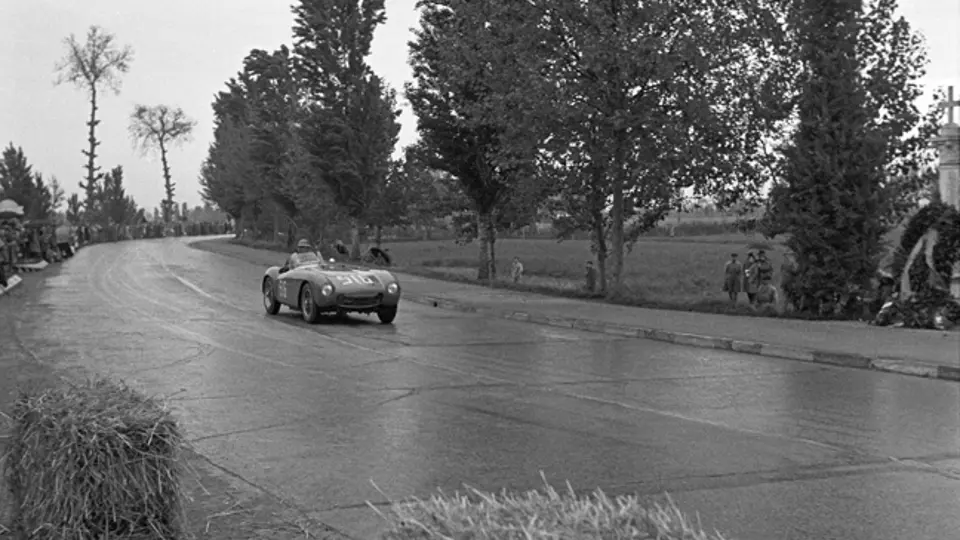
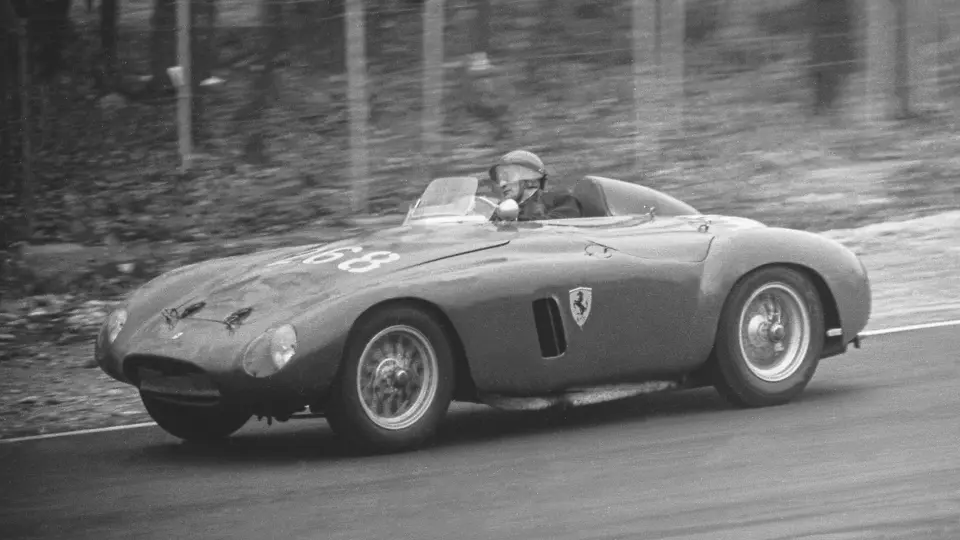

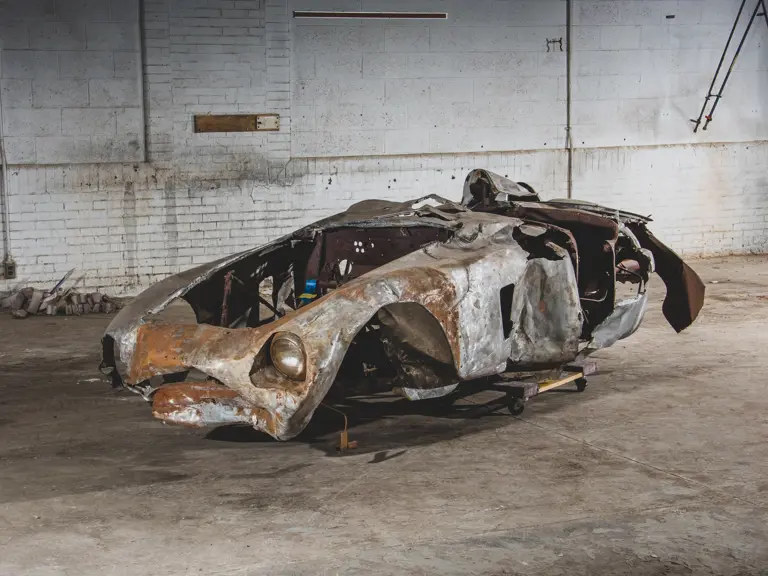

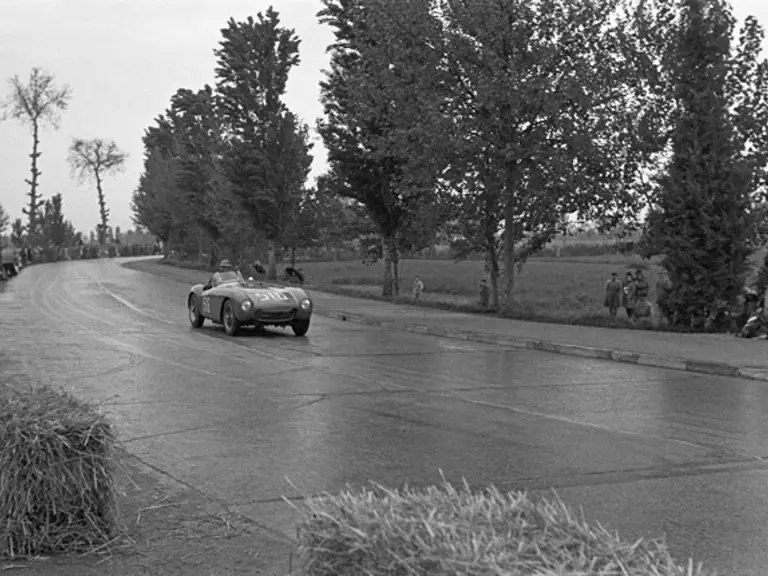
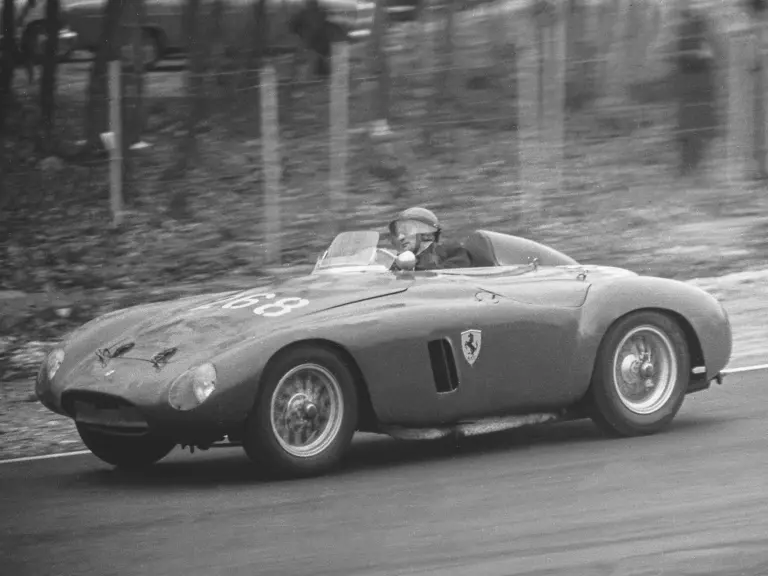

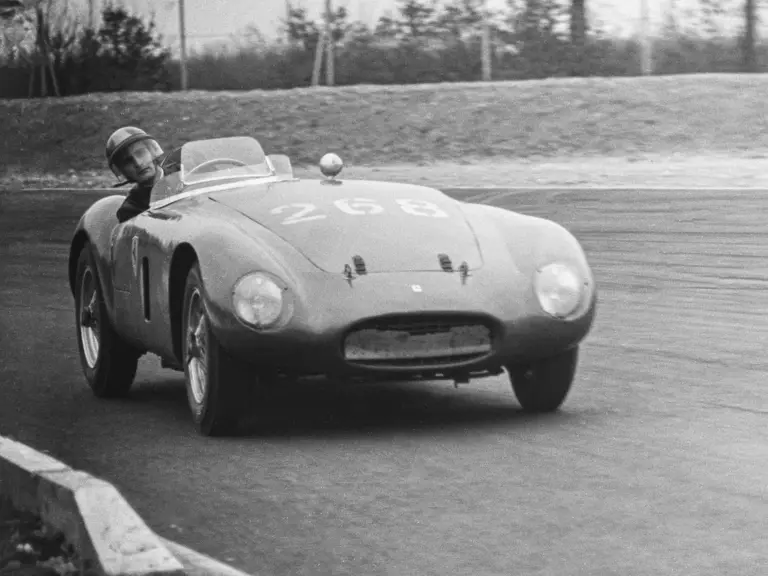
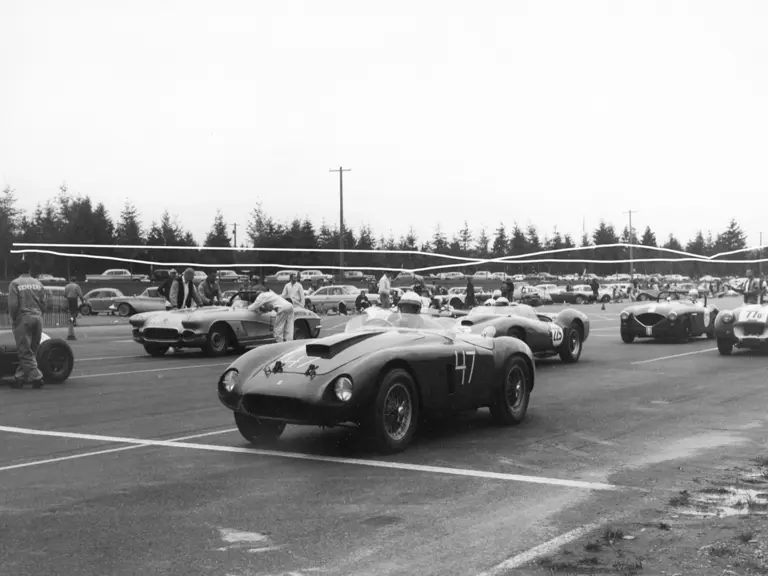
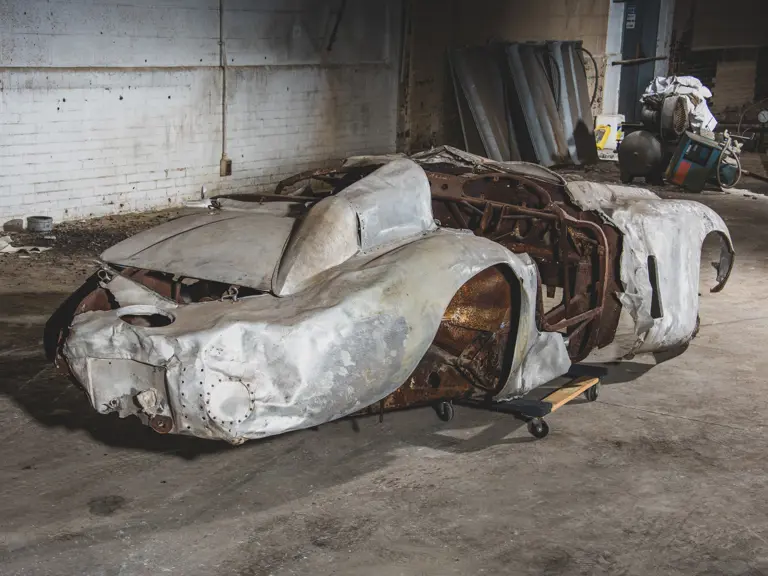

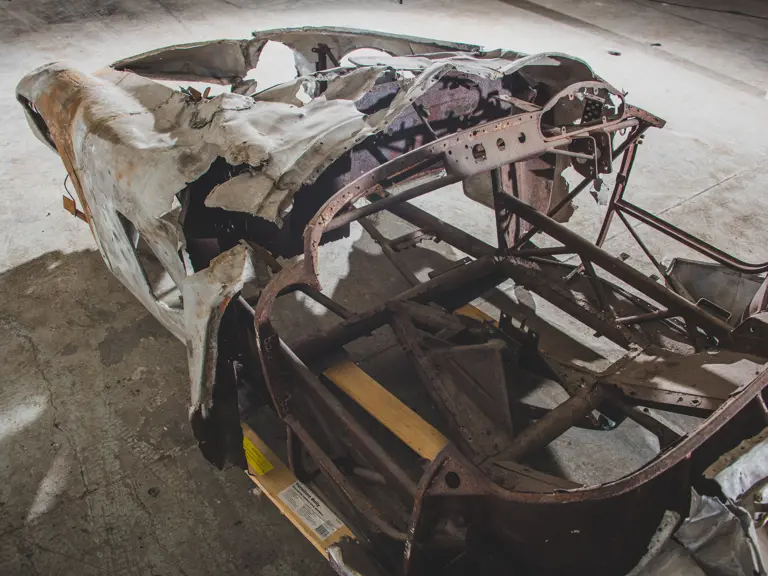


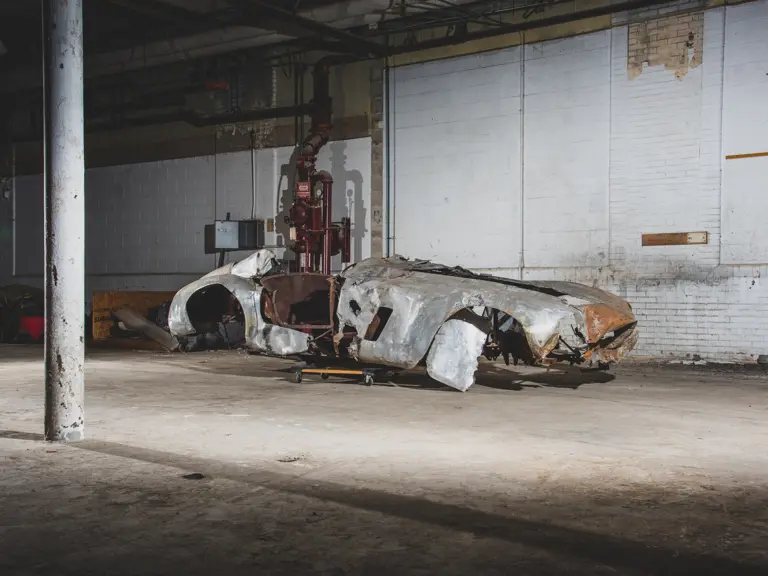
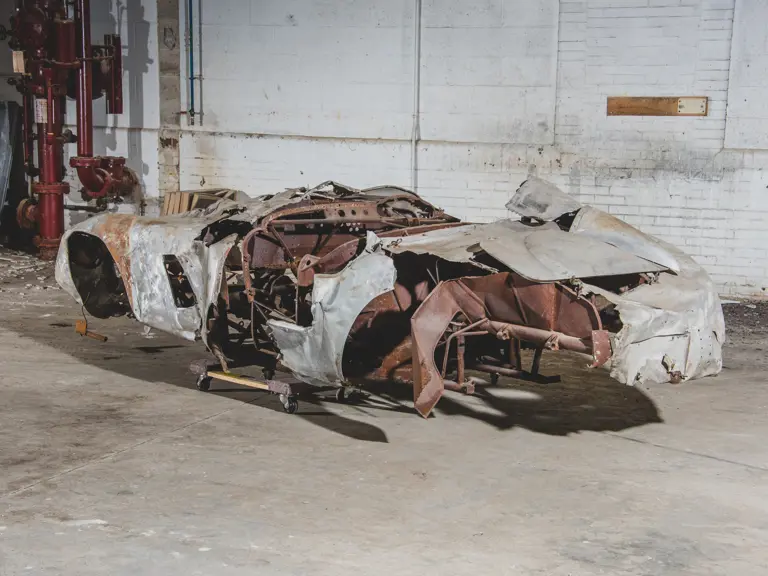
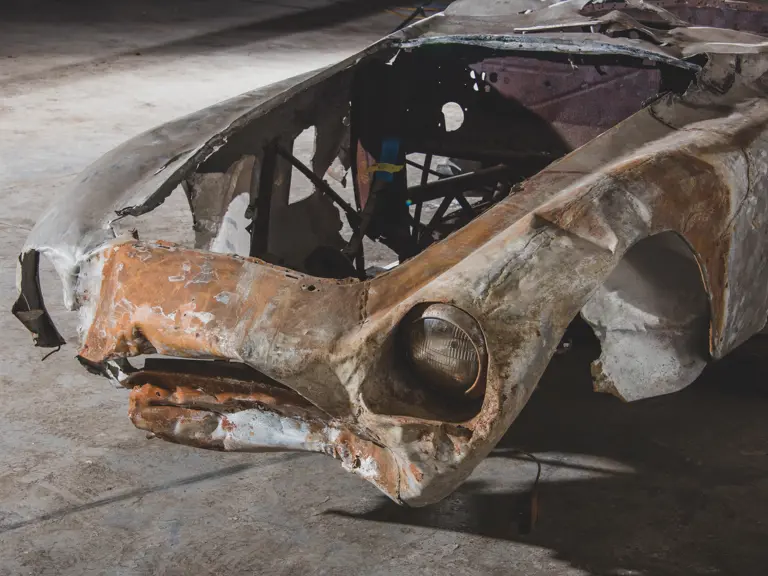
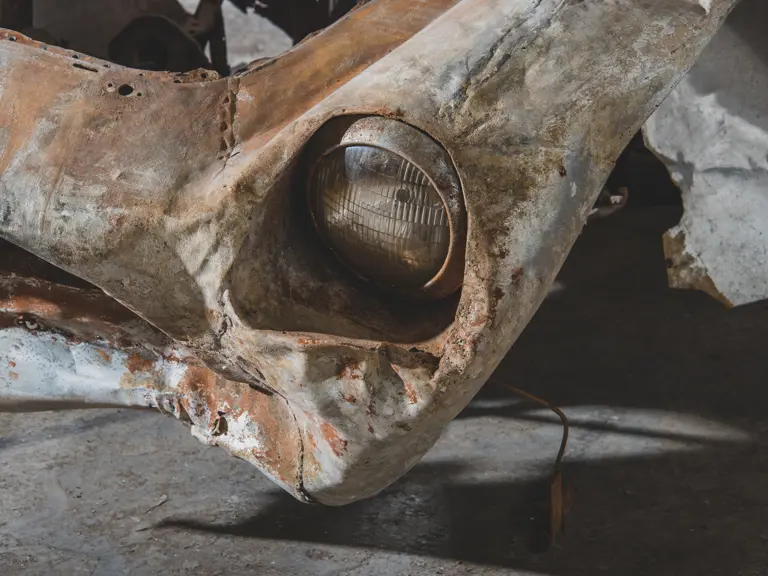
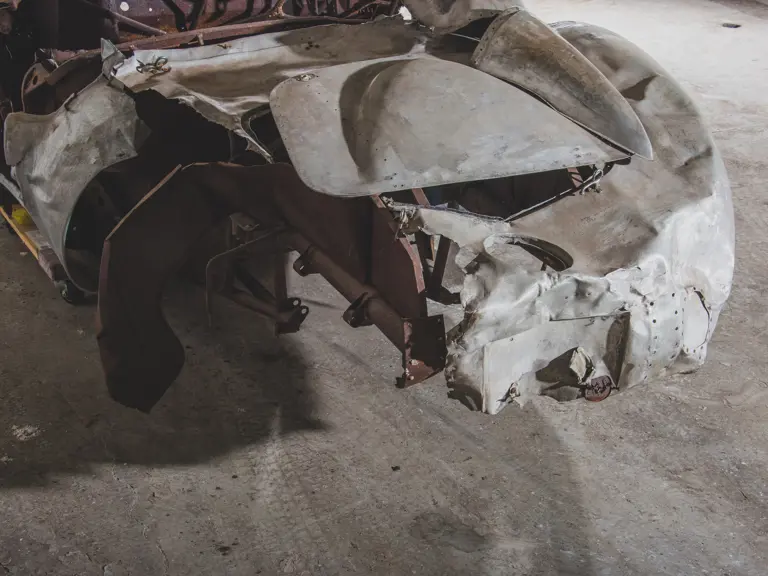
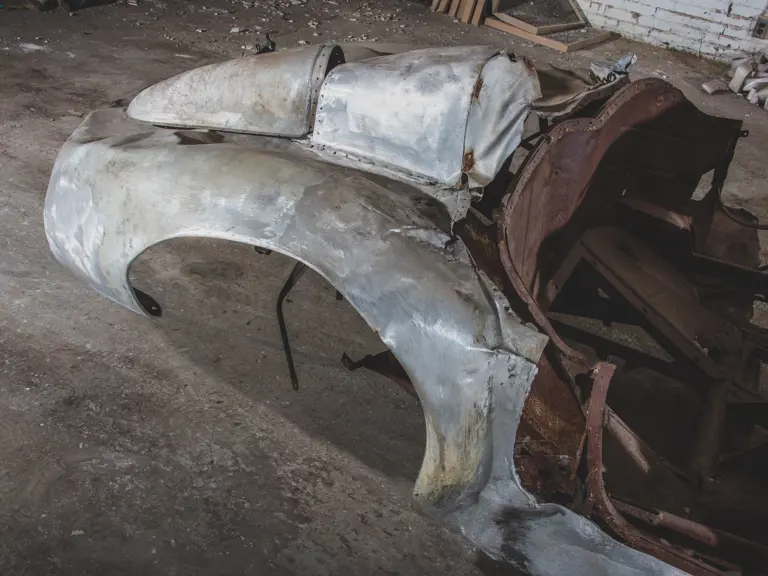
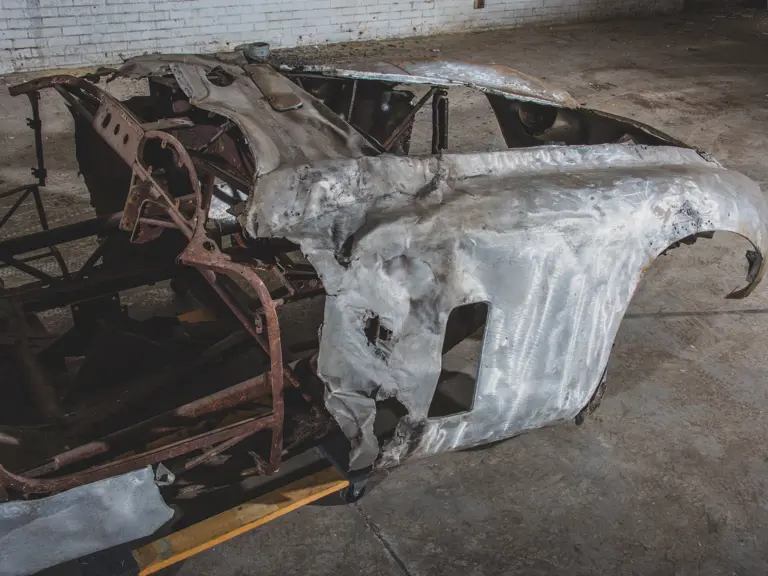
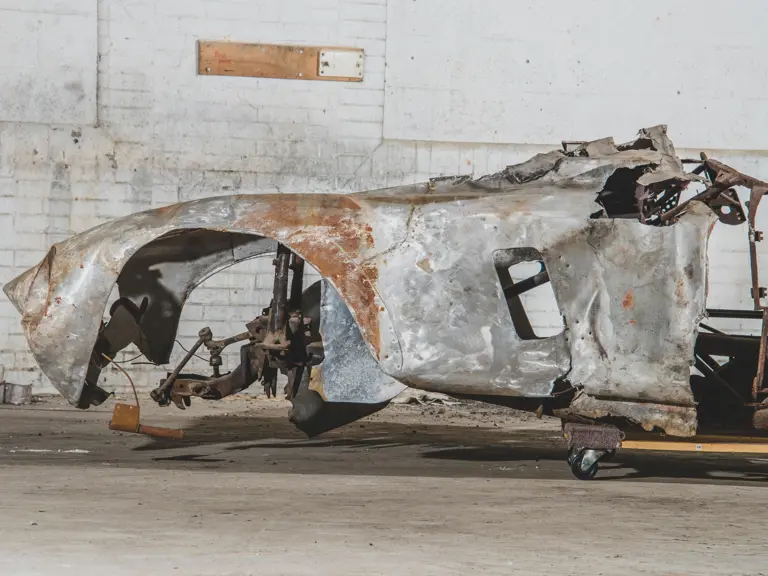
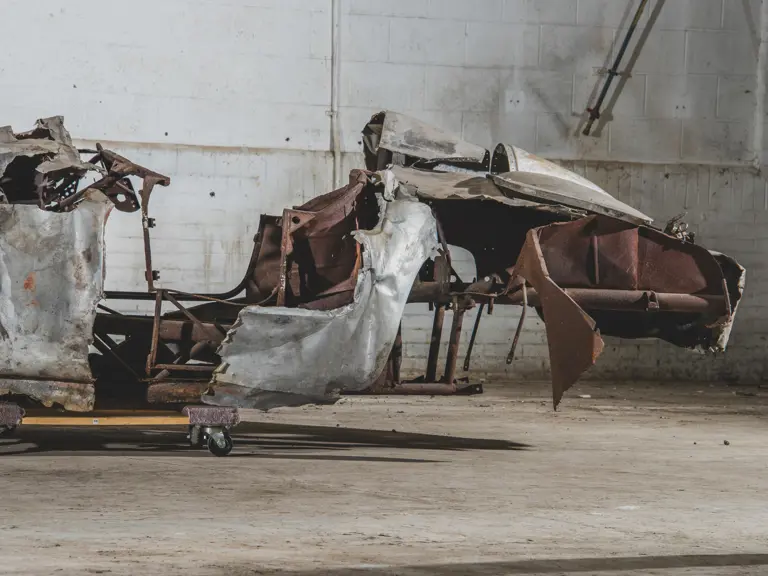
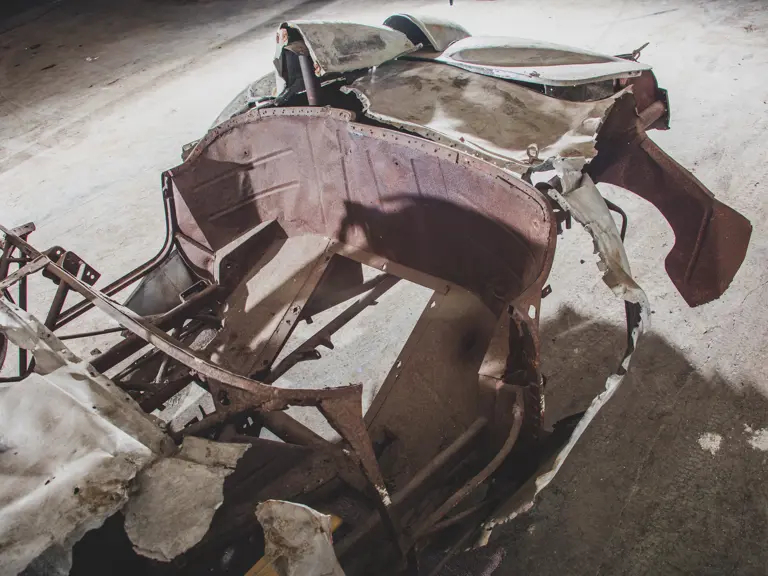
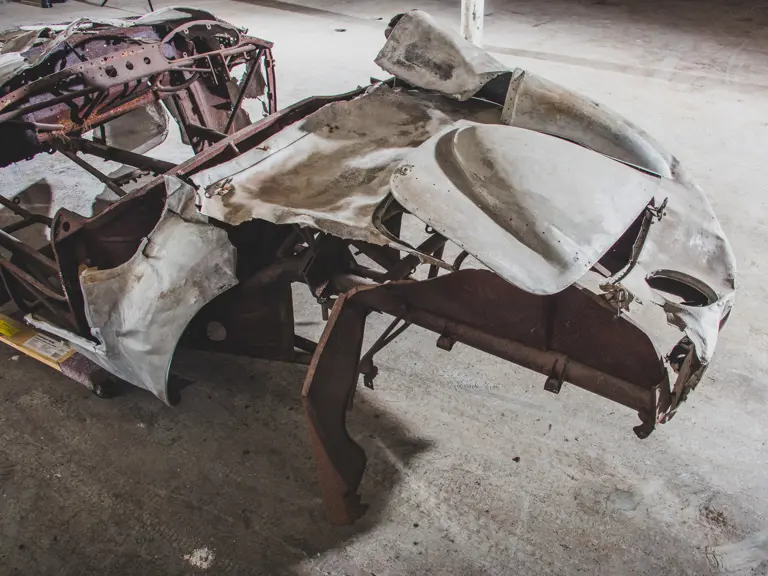

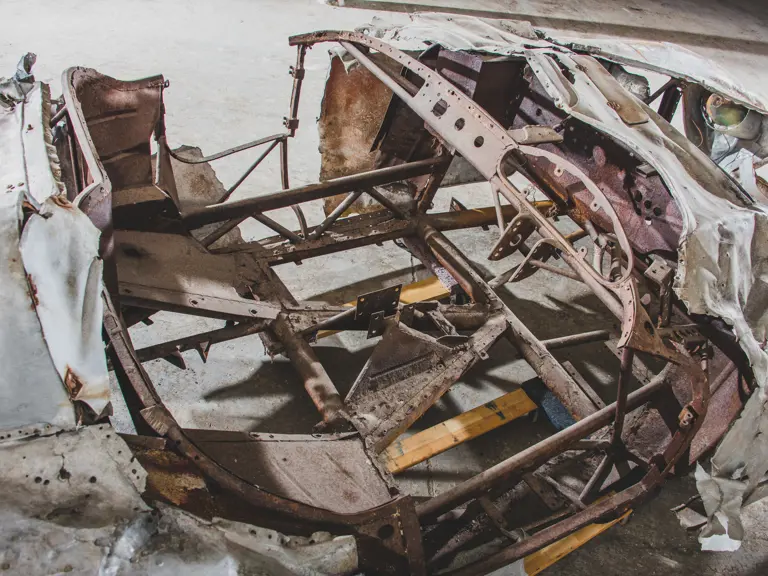
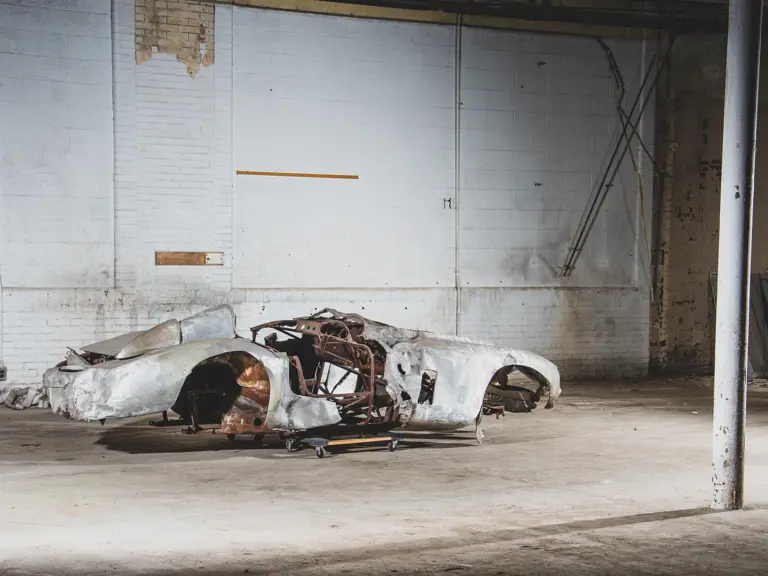
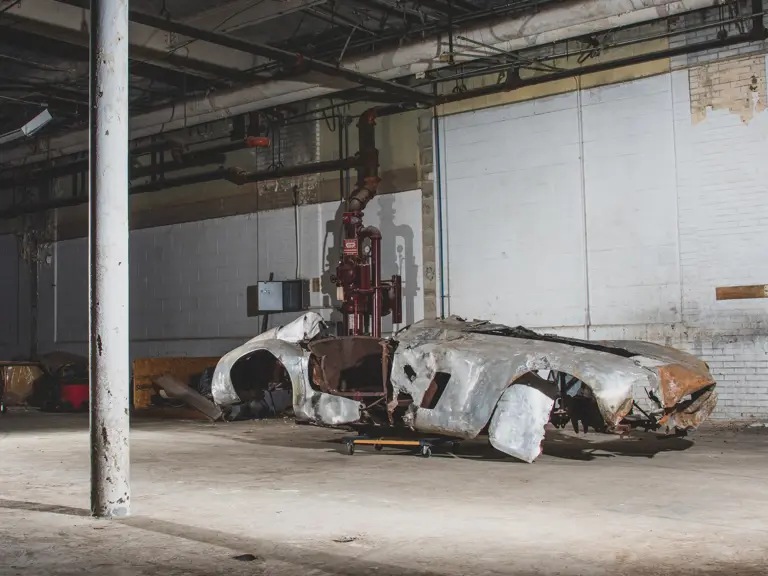
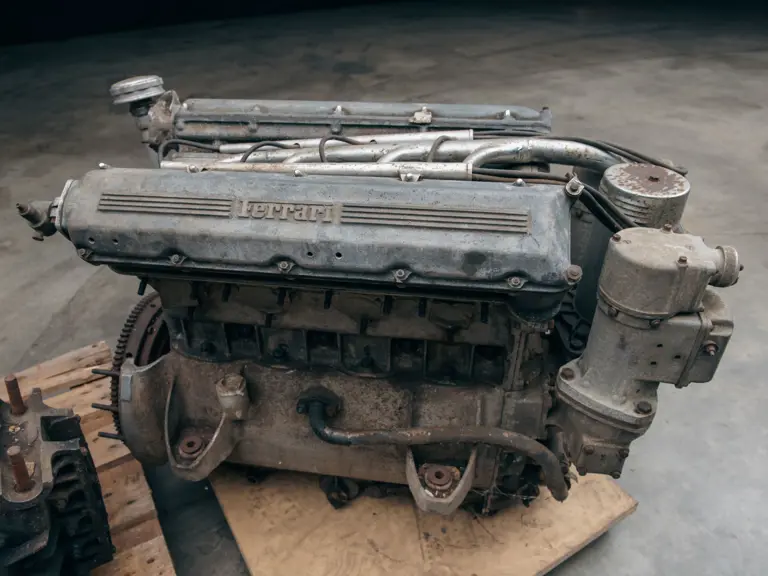
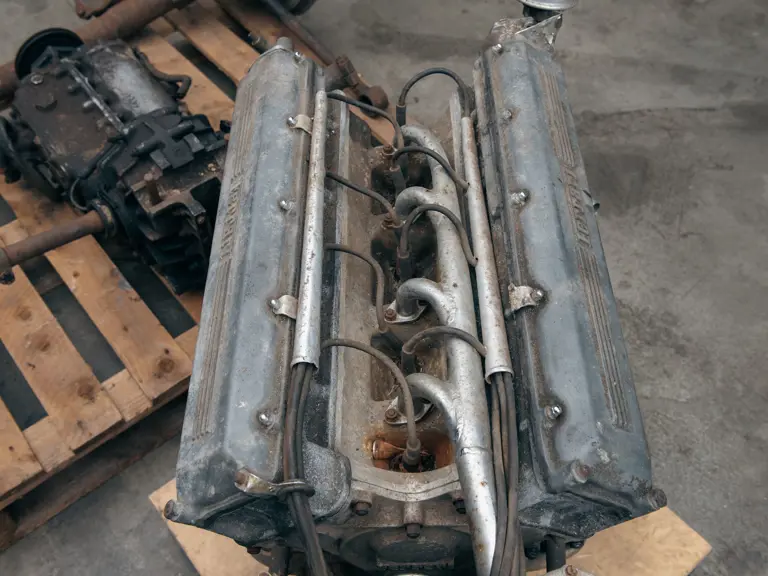
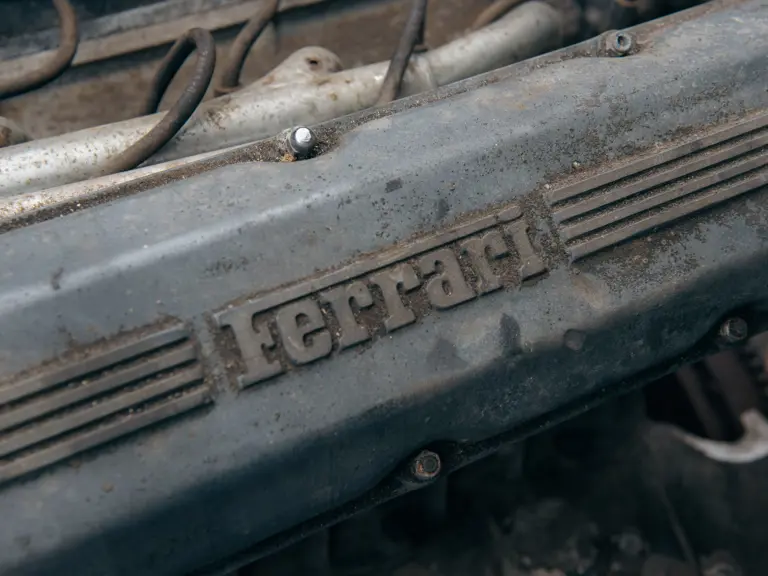
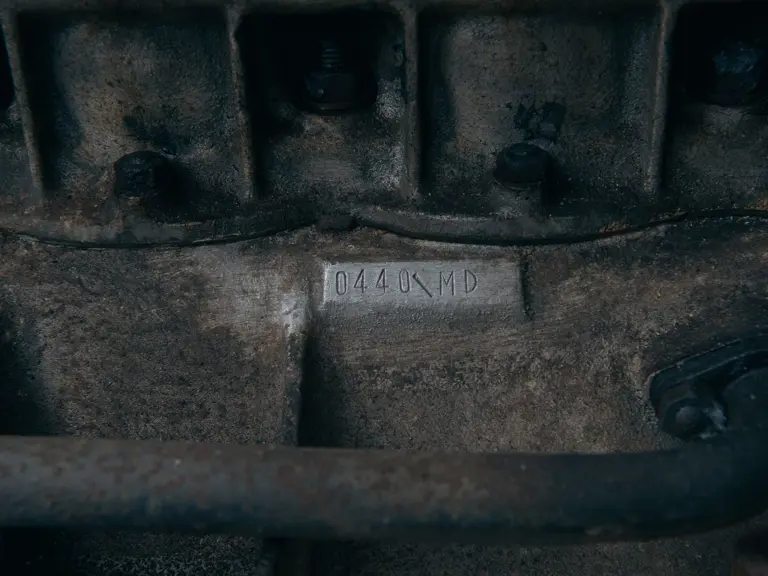
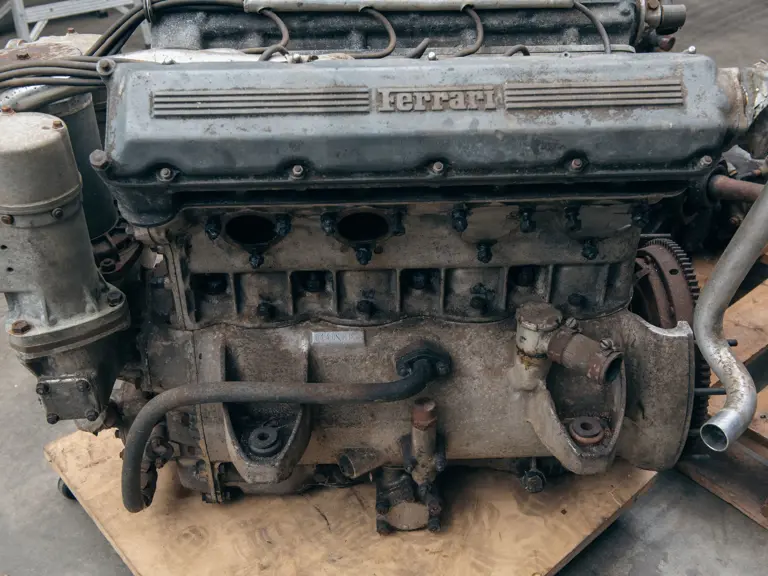
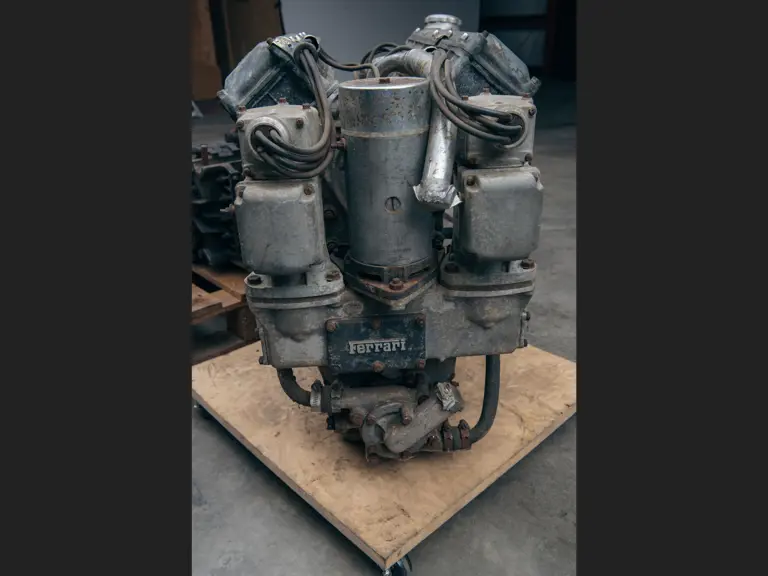

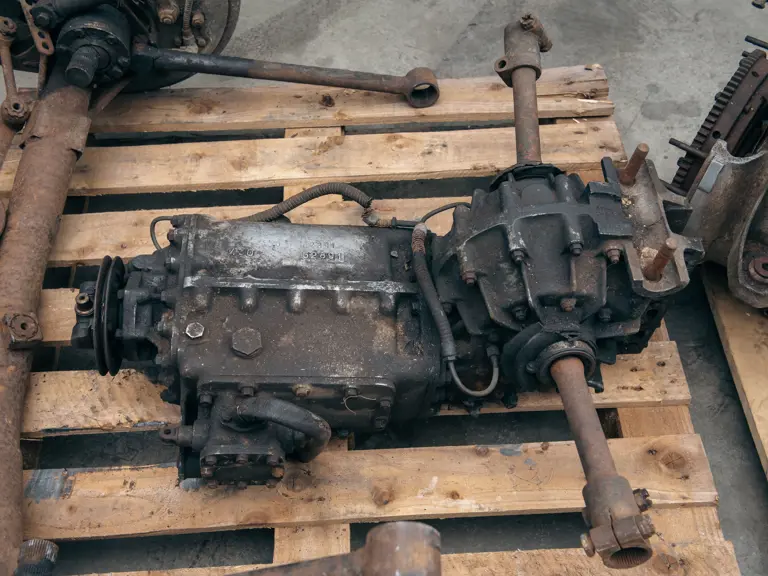
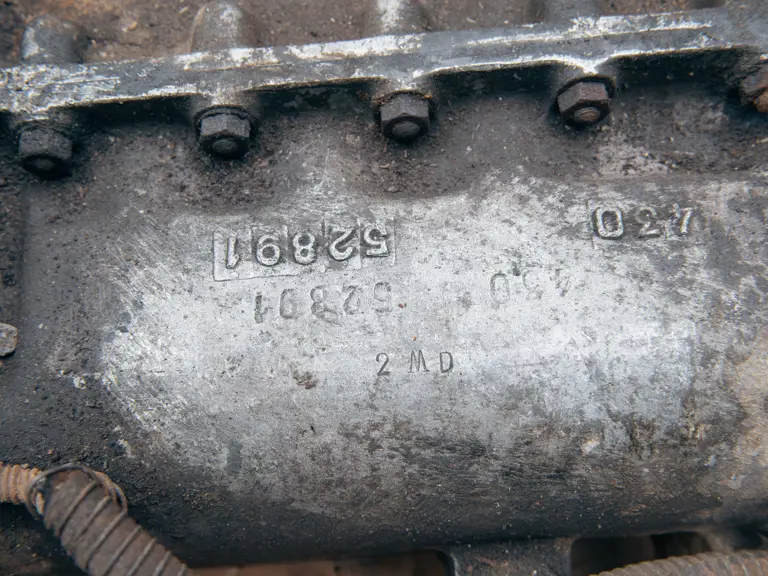
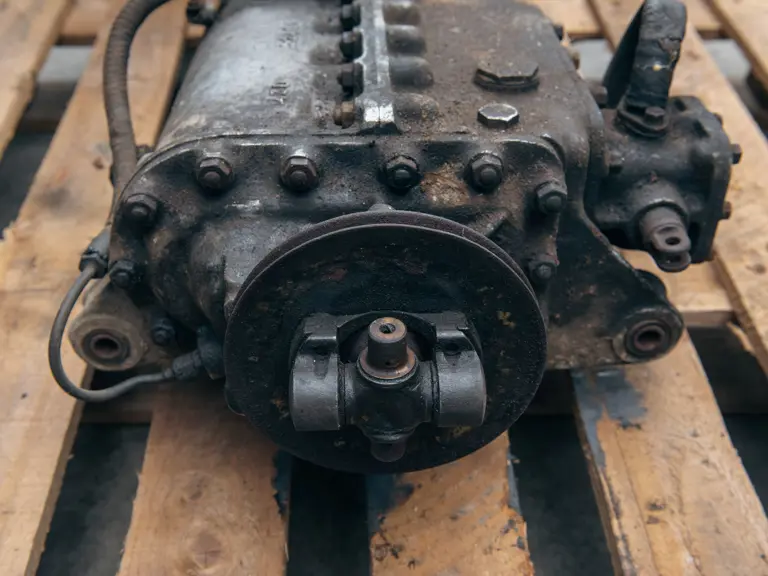
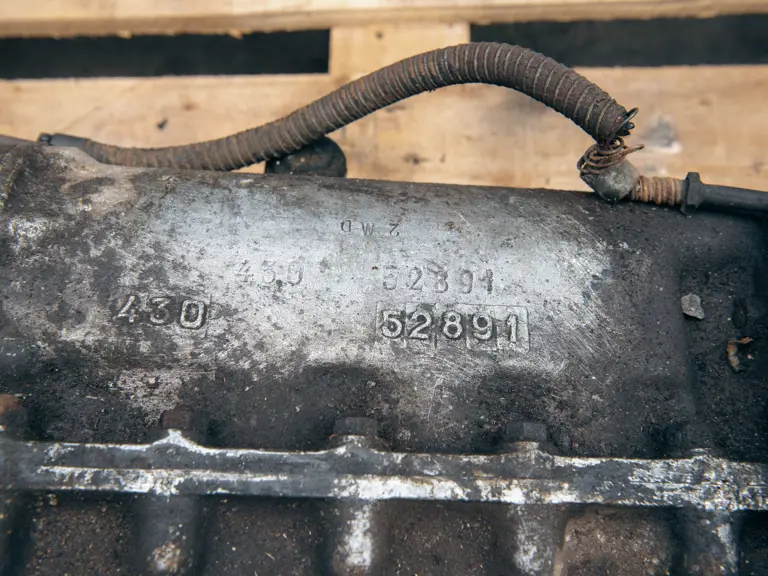

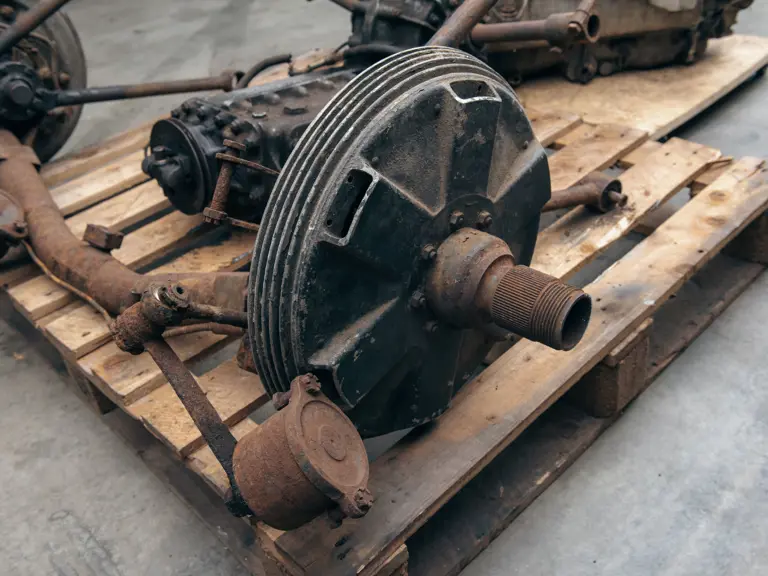
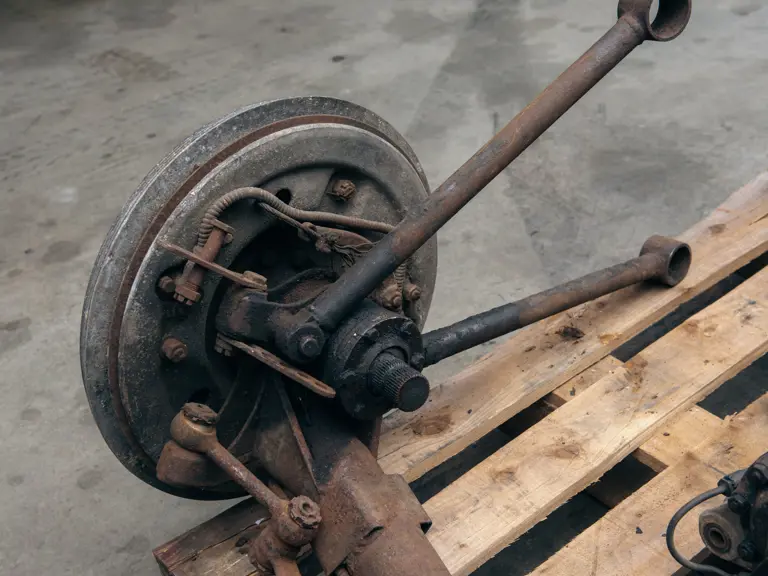
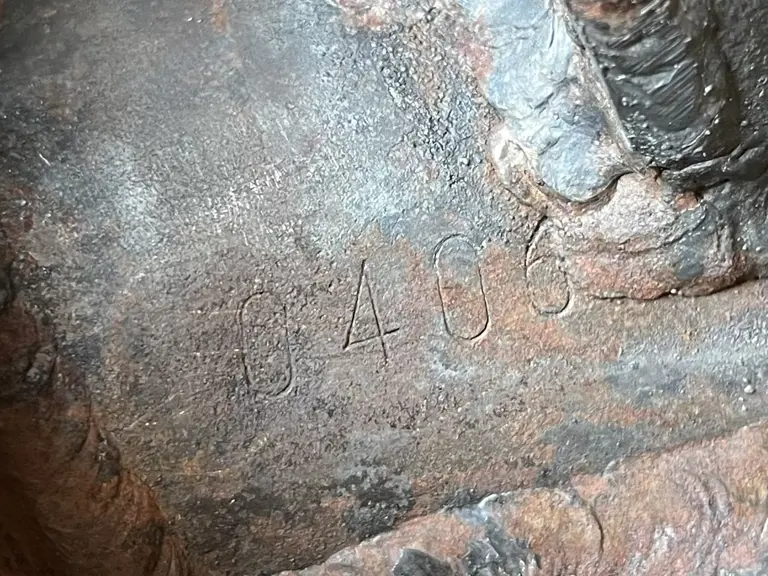
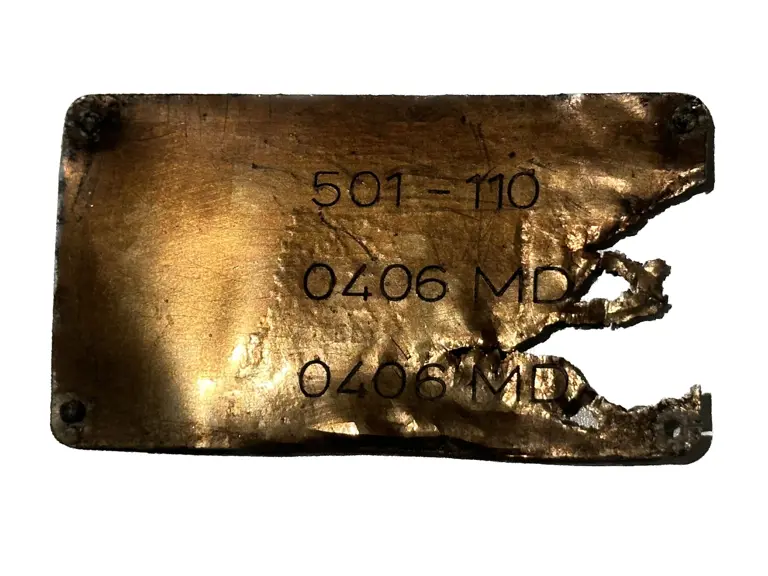
 | Monterey, California
| Monterey, California
